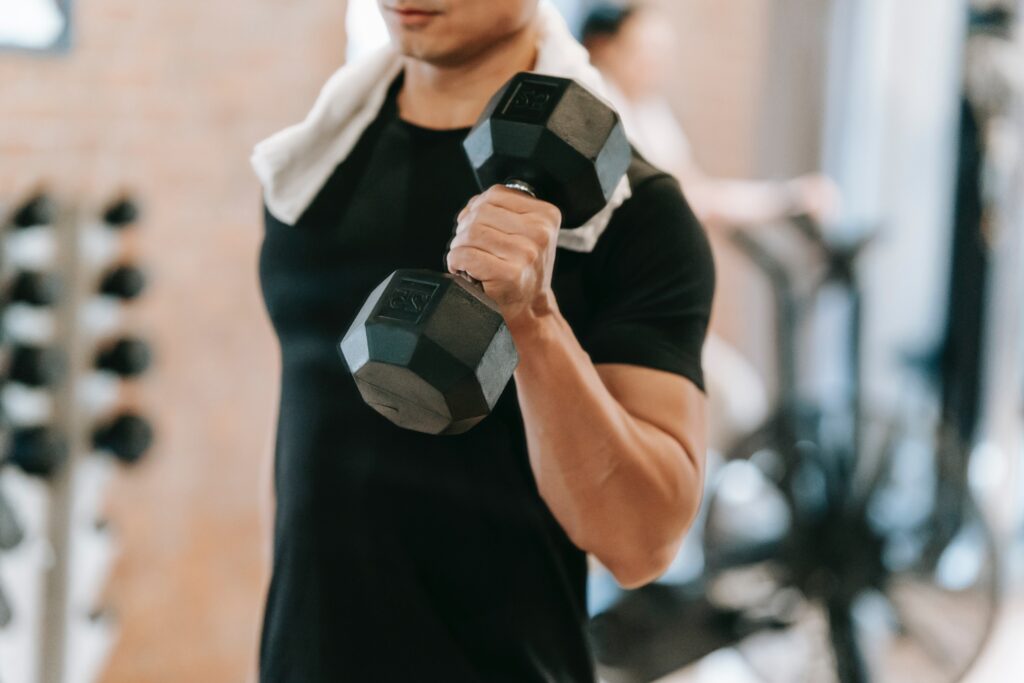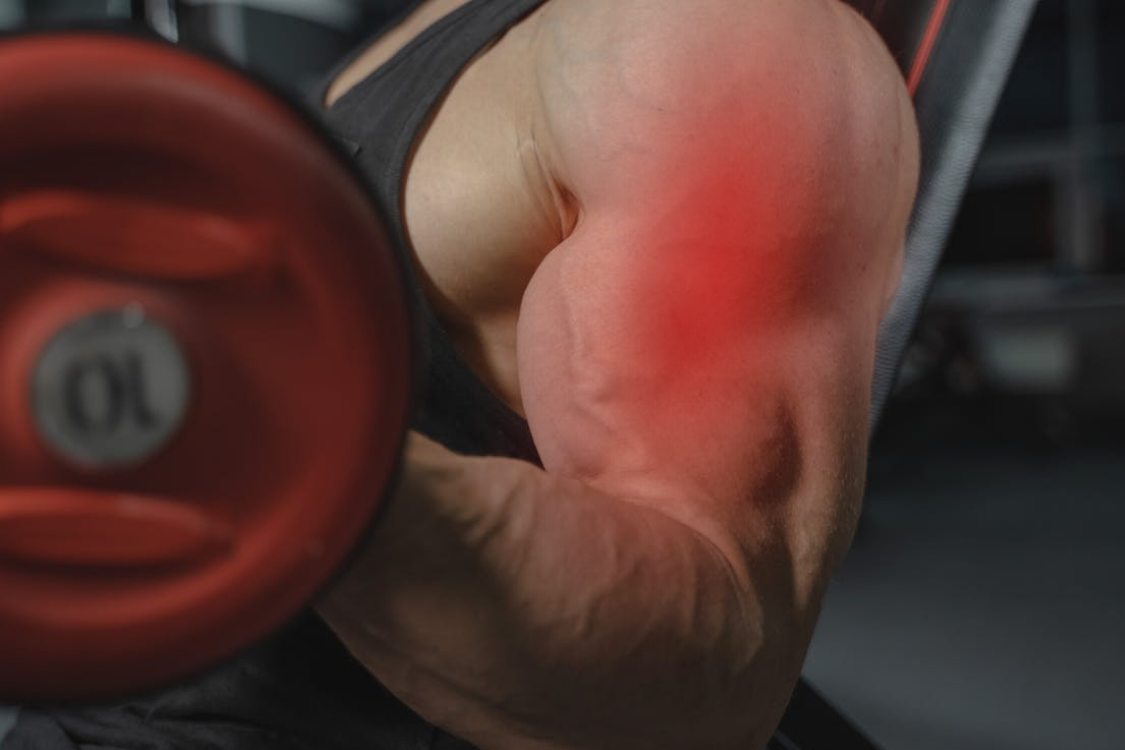by Michael Cheah, Personal Trainer
Table of Contents
What is Delayed Onset Muscle Soreness?
One of the most common misconceptions by gym junkies is that a good workout must be accompanied by soreness and intense muscle aches the day after. This soreness is known as Delayed Onset Muscle Soreness (DOMS) – or muscle fever – but did you know that it’s actually a myth?
DOMS happens when the human body is unable to deal with exercise-induced muscle damage. It becomes evident six to eight hours after physical activities and peaks around 24 to 48 hours after training. DOMS may result in reduced range of motion and joint stiffness, local swelling and tenderness, and diminished muscle strength.
Is DOMS a sign of a ‘good’ workout?
The myth that DOMS indicates a good workout arises as most people are likely to experience DOMS after introducing a new training stimulus – like a new activity, increased intensity or volume. Exercises with a greater emphasis on the eccentric phase (lengthening or stretching phase) play the most significant role in the manifestation of DOMS. Hence, DOMS is not the best gauge of the effectiveness of a workout. The soreness will subside as the body gets used to the workout over time and learns to distribute the workload across muscle fibres more effectively. This begets the question: if soreness does not indicate the effectiveness of a workout, then what does? Setting and achieving goals or beating personal bests is a consistent way of checking one’s progress.
Last but not least, recovery is essential. Moderate aerobic exercise after strength training may help reduce DOMS and can even enhance the effect of lifting weights. Replicating the exercises with lighter weights will help with recovery as well.

Frequently Asked Questions
How do you know if you have Delayed Onset Muscle Soreness?
In most cases, the pain hits hard, so you know whether you have DOMS or not. However, if you’re still confused, here are some other symptoms:
- Tender muscles upon touch
- Limited motion range caused by pain and stiffness during movement
- Swelling observed in the affected muscles
- Muscle fatigue
- Temporary decrease in muscle strength
How long does Delayed Onset Muscle Soreness last?
It usually surfaces around six to eight hours after working out and can reach its peak between one to three days thereafter. The duration of this soreness is predominantly determined by the intensity of your workout – a more intense exercise routine can extend the time required for muscle recovery and regeneration.
How do you get rid of Delayed Onset Muscle Soreness?
Tips for alleviating sore muscles:
- Stay active: Engage in light cardio or active recovery activities like stretching, foam rolling, or yoga.
- Prioritize warm-ups: Add a regular warm-up routine before workouts to prepare your muscles for exertion. A few minutes of warm-up before each session is ideal.
- Gradual exercise progression: Ease into new or more intense exercises, allowing your muscles time to adjust and potentially reducing soreness severity.
- Embrace split-day workouts: If you exercise daily, consider dividing sessions by muscle groups (e.g. legs one day, arms the next) to facilitate sufficient recovery between training sessions.




